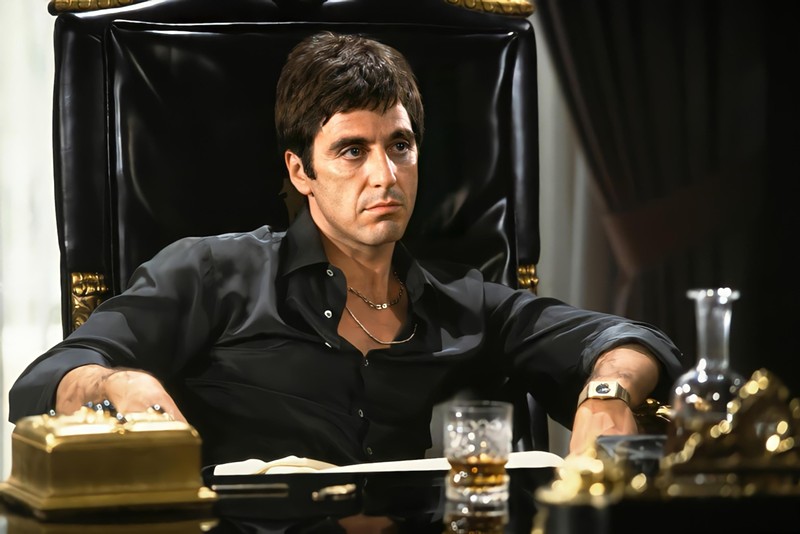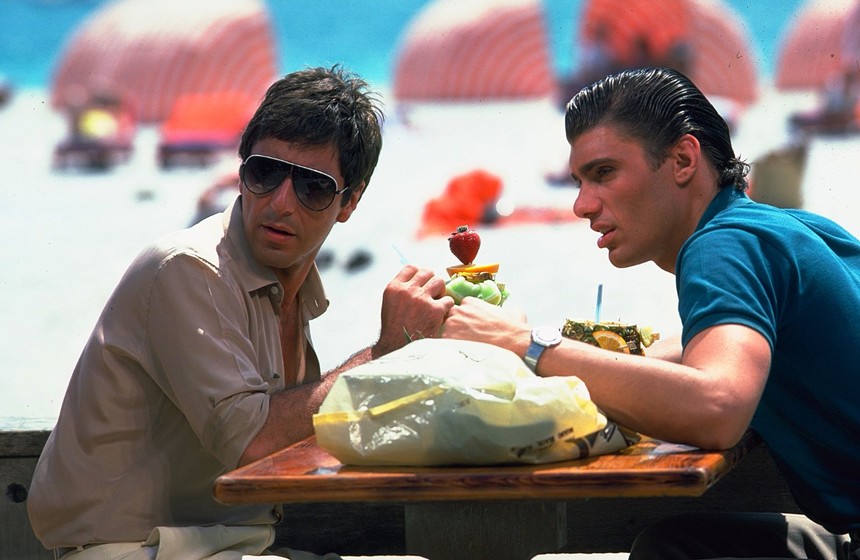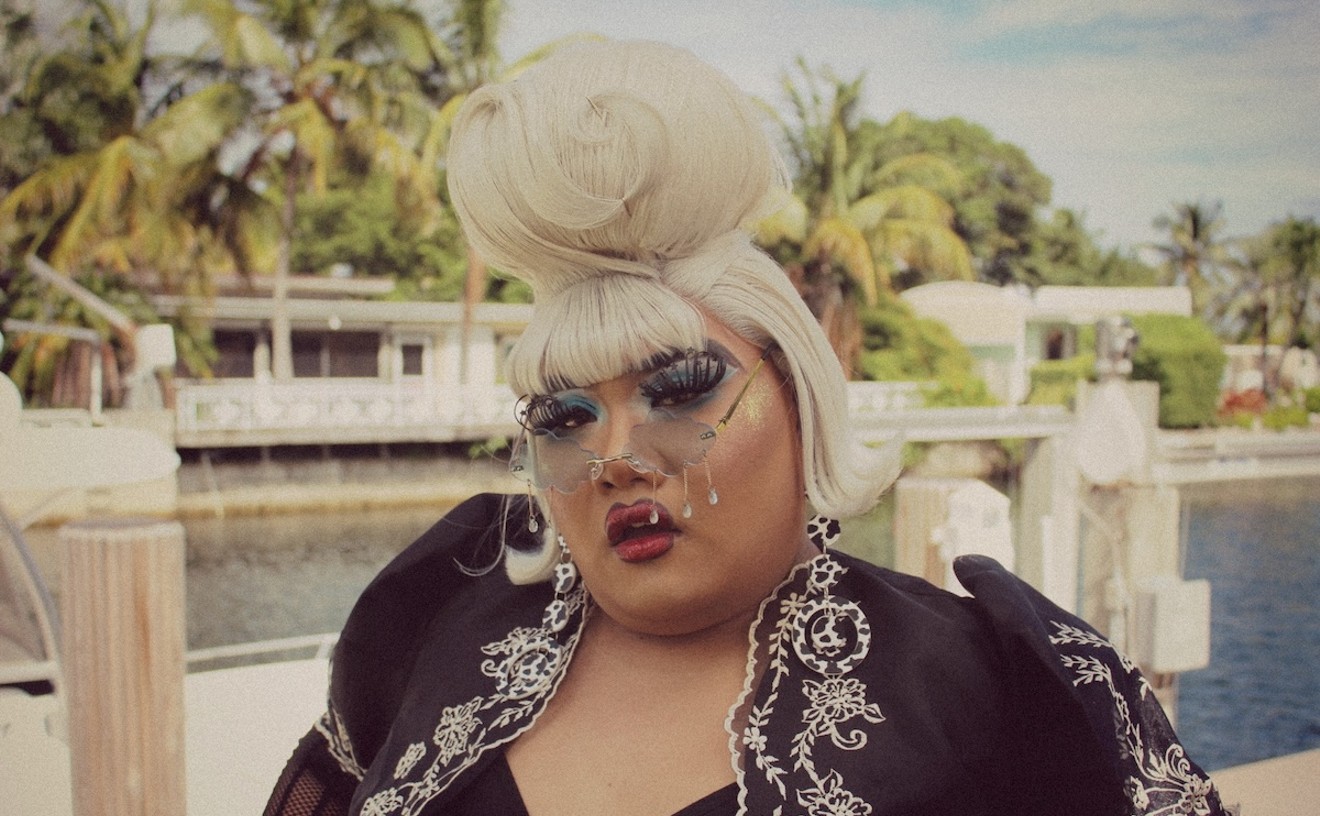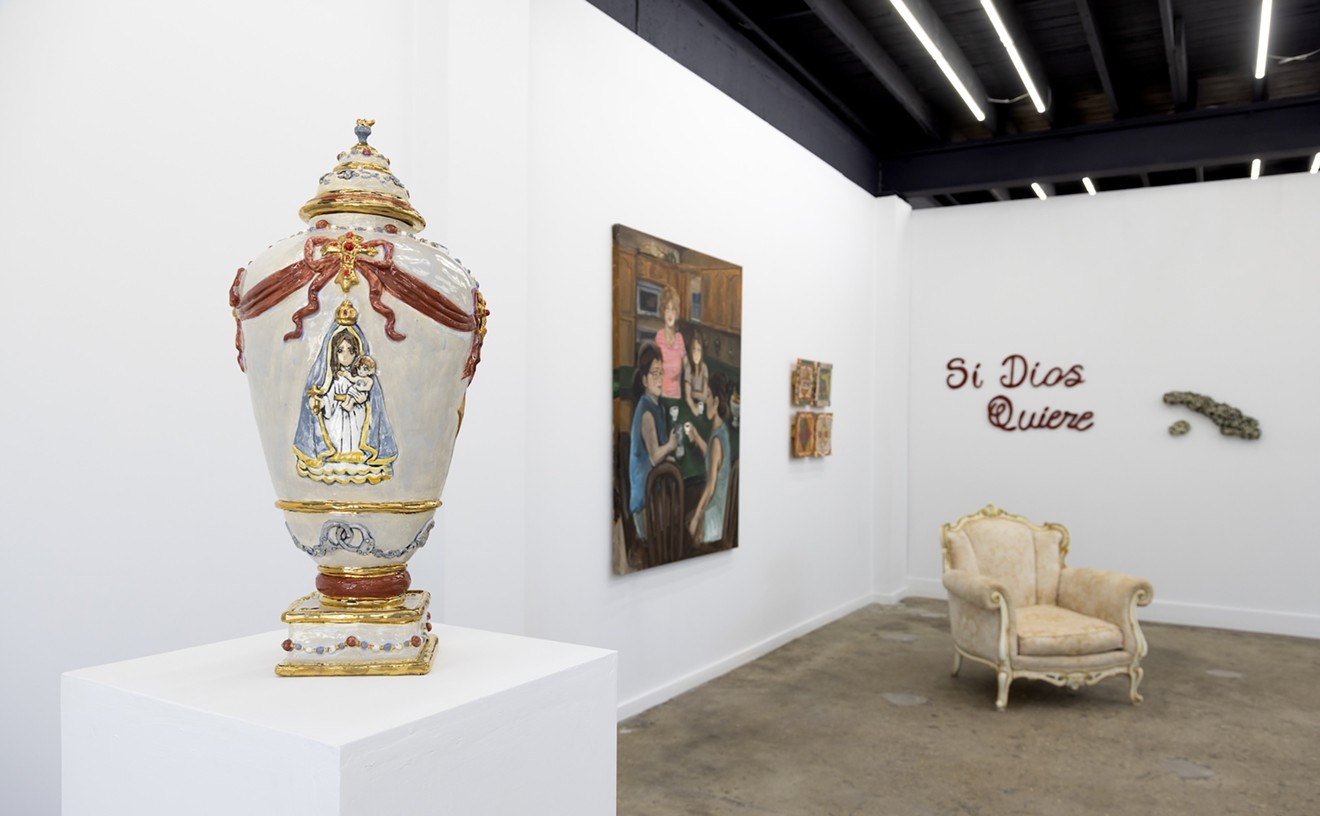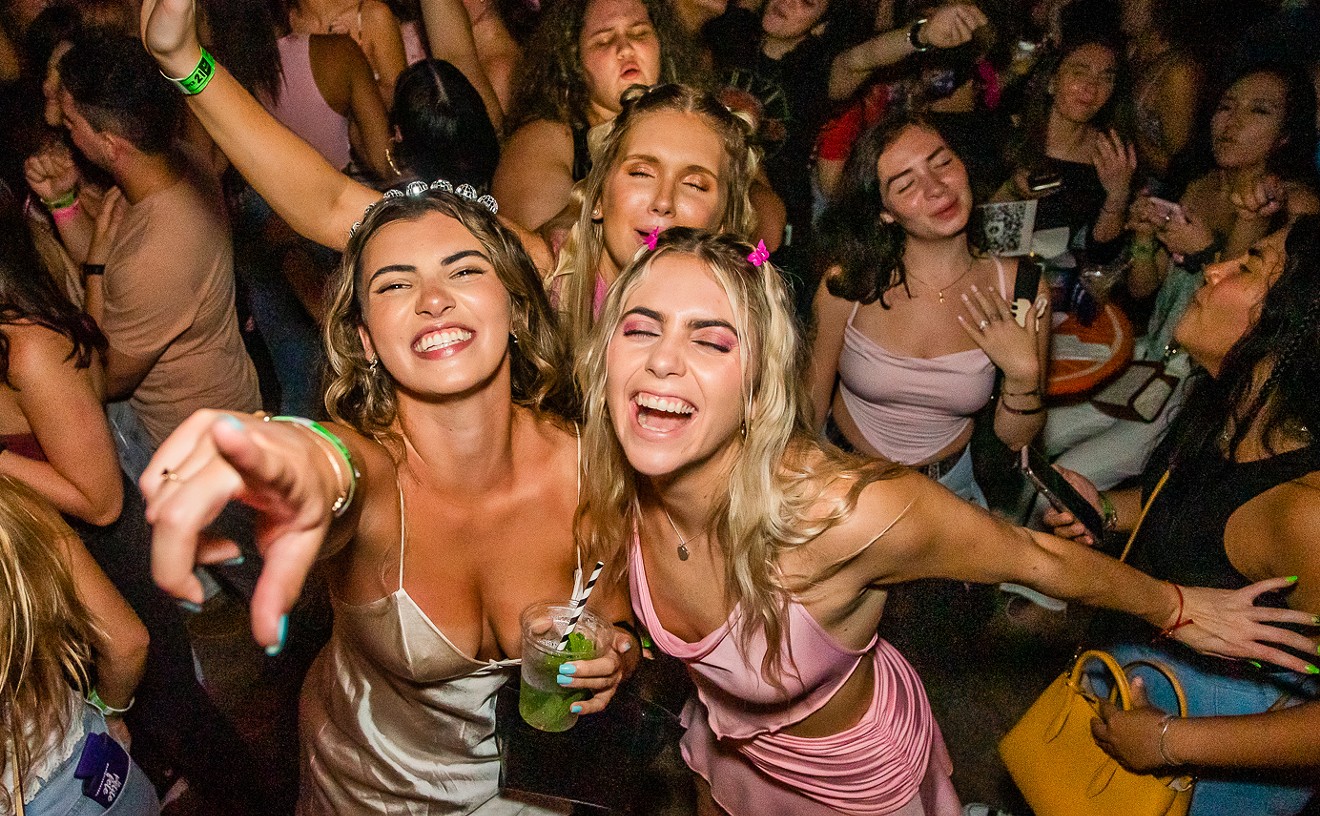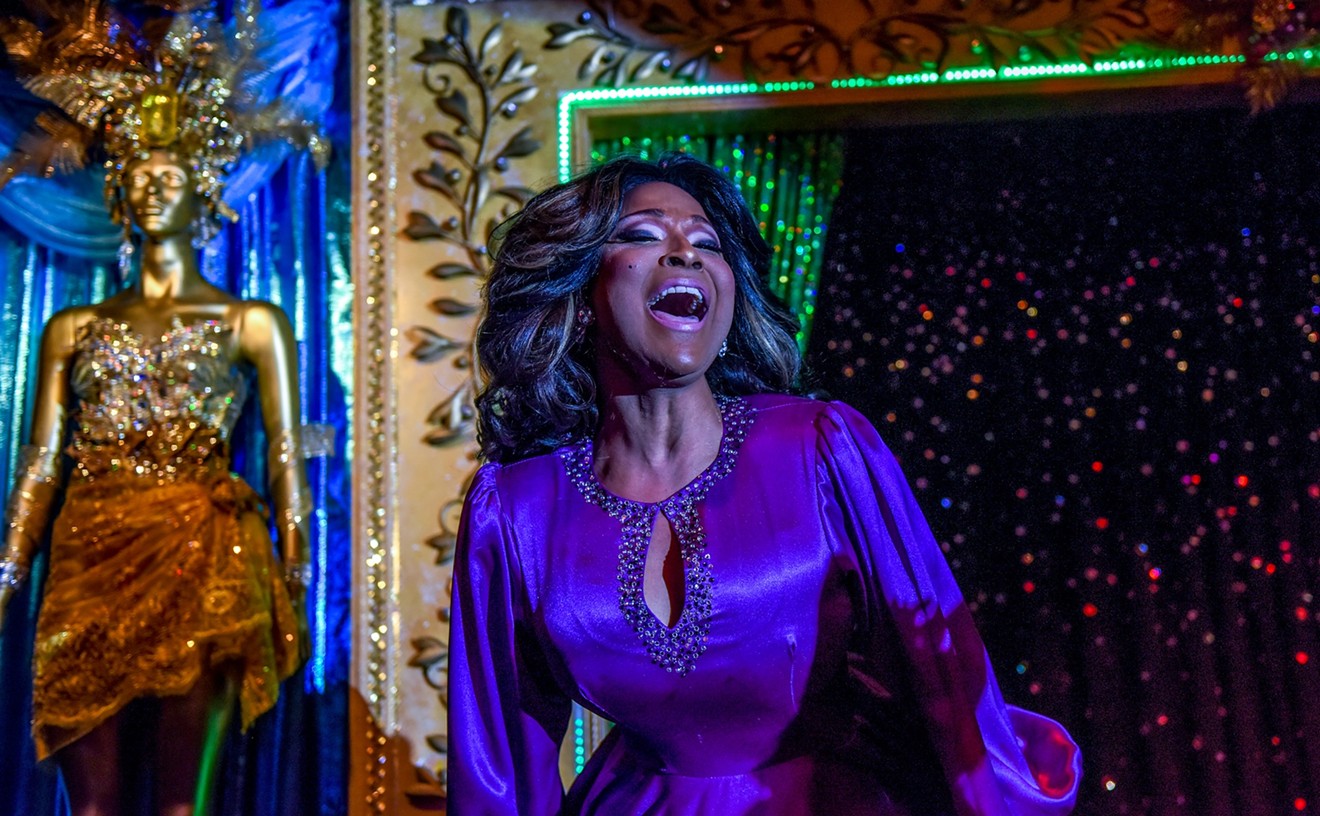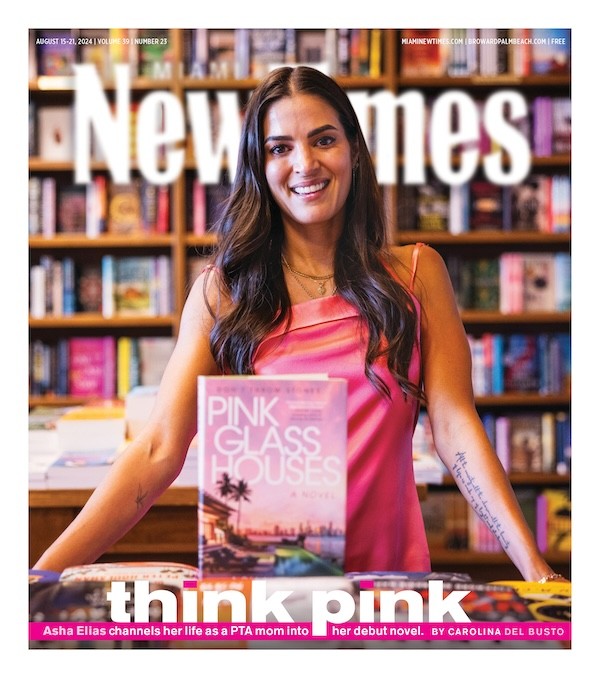"I want what's coming to me. The world, chico, and everything in it."
This is one of the many quotes from Al Pacino's iconic portrayal of Antonio "Tony" Montana in Brian De Palma's crime drama Scarface.
Released in December 1983, Scarface was initially hated by Miami's Cuban immigrant community, who complained that it portrayed them negatively. The DEA at the time saw it from another angle as the accurate depiction of the narcotics trafficking trade in the film made them flag it as a film that the public needed to see.
The story of a Marielito who came from nothing and turned into Miami's biggest drug boss has become something of an inspirational story and lesson for the generations that came after as they bootlegged it to death in the years after its release.
Since then, Scarface has become not only the quintessential gangster film but also a quintessential Miami film. As a kid who grew up in Texas, the film shaped how I perceived the Magic City. The Miami in Scarface looked very different from the urban jungle of New York City and the manufactured glitz of Los Angeles. Brian De Palma made Miami look like a tropical party paradise with colorful backdrops and dripped-out gangsters. It was also one of the few mainstream films at the time that centered on Latino characters, for better or for worse.
My first interaction with Scarface wasn't with the film, however. I had heard Raekwon's Only Built 4 Cuban Linx..., which heavily sampled Tony's lines from the film. It all helped paint a picture of a city of hustlers who were down to do whatever it took to get their slice of the American dream.
Scarface takes place at the peak of the Cocaine Cowboy era, right in the middle of the cartel wars, as Griselda Blanco and other high-level traffickers were battling it out for control of the city. One of the most infamous moments to occur during the cocaine wars was the Dadeland Mall shooting of 1979, where, in broad daylight, gunmen shot into a liquor store and killed two men while also injuring the store clerk.
The cocaine wars' public brutality would be mimicked in multiple scenes in the film, like the one where Tony executes a Colombian trafficker in the middle of Ocean Drive after an attempt on his life during a drug deal. There's also the scene in which Tony is set up to get killed inside the Babylon Club, the in-film version of the real-life Mutiny Hotel, where many gangsters and drug traffickers hung out and partied.
De Palma and costume designer Patricia Norris also absolutely nailed the fashion of the era. Now known as "Miami chic," Scarface introduced pastel-colored suits, slinky dresses, and button-up paradise shirts to mainstream America. Released one year before Miami Vice showed us how flashy Don Johnson could be under the Florida sun, Scarface was the first to show everyone around the country just what Miami swag looked like.
Although much of the filming wasn't done in Miami — Los Angeles stood in for the Magic City — the few local locations used have become landmarks. The spot on Ocean Drive where Tony had his drug deal gone wrong is now a CVS with a plaque commemorating the film. The next-door Colony Hotel's restaurant leans into the Scarface theme, complete with quotes in neon lights and a replica of "The World Is Yours" sculpture. The menu offers "Manny's Cheeseburger" and the "Montana Way Old-Fashioned."
Where things get controversial is the film's portrayal of Cuban-American immigrants. During its production, the Miami Tourist Board didn't allow filming to occur in Miami because of the negative impact that the film could have on tourism.
Love or hate his Cuban accent, Pacino hired a linguistic coach to learn the accent and Cuban lingo. Pacino's ad-libbing of the word "yeyo" during the drug deal scene has led to its mainstream adoption as slang for cocaine. He did try his best to nail the Cuban-American vibe, coming down to Miami to scope out the scene himself and even having director of photography John A. Lonzo speak to him solely in Spanish to stay in character.
There's something about the film's overall vibe that, when combined with all the elements mentioned earlier, makes for a complete picture of Miami at that point in time. It's flashy, ultra-glamorous, and party-filled for the privileged, but it's also a city where immigrants come in hopes of finding the American dream in more legitimate ways.
The immigrant camps at the beginning of the film documented to mainstream America the honest struggles that some Cubans had after fleeing their country. Tony's journey is the tale of an underdog who overcomes the clear-cut obstacles faced by Cuban immigrants at the time.

Audio By Carbonatix
[
{
"name": "Air - MediumRectangle - Inline Content - Mobile Display Size",
"component": "19274298",
"insertPoint": "2",
"requiredCountToDisplay": "2",
"watchElement": ".fdn-content-body",
"astAdList": [
{
"adType": "rectangle",
"displayTargets": "mobile"
}
]
},{
"name": "Editor Picks",
"component": "17482312",
"insertPoint": "4",
"requiredCountToDisplay": "1",
"watchElement": ".fdn-content-body",
"astAdList": [
{
"adType": "rectangle",
"displayTargets": "desktop|tablet"
},{
"adType": "rectangle",
"displayTargets": "desktop|tablet|mobile"
}
]
},{
"name": "Inline Links",
"component": "18711090",
"insertPoint": "8th",
"startingPoint": 8,
"requiredCountToDisplay": "7",
"maxInsertions": 25
},{
"name": "Air - MediumRectangle - Combo - Inline Content",
"component": "17482310",
"insertPoint": "8th",
"startingPoint": 8,
"requiredCountToDisplay": "7",
"maxInsertions": 25,
"watchElement": ".fdn-content-body",
"astAdList": [
{
"adType": "rectangle",
"displayTargets": "desktop|tablet"
},{
"adType": "rectangle",
"displayTargets": "desktop|tablet|mobile"
}
]
},{
"name": "Inline Links",
"component": "18711090",
"insertPoint": "8th",
"startingPoint": 12,
"requiredCountToDisplay": "11",
"maxInsertions": 25
},{
"name": "Air - Leaderboard Tower - Combo - Inline Content",
"component": "17482313",
"insertPoint": "8th",
"startingPoint": 12,
"requiredCountToDisplay": "12",
"maxInsertions": 25,
"watchElement": ".fdn-content-body",
"astAdList": [
{
"adType": "leaderboardInlineContent",
"displayTargets": "desktop|tablet"
},{
"adType": "tower",
"displayTargets": "mobile"
}
]
}
]

